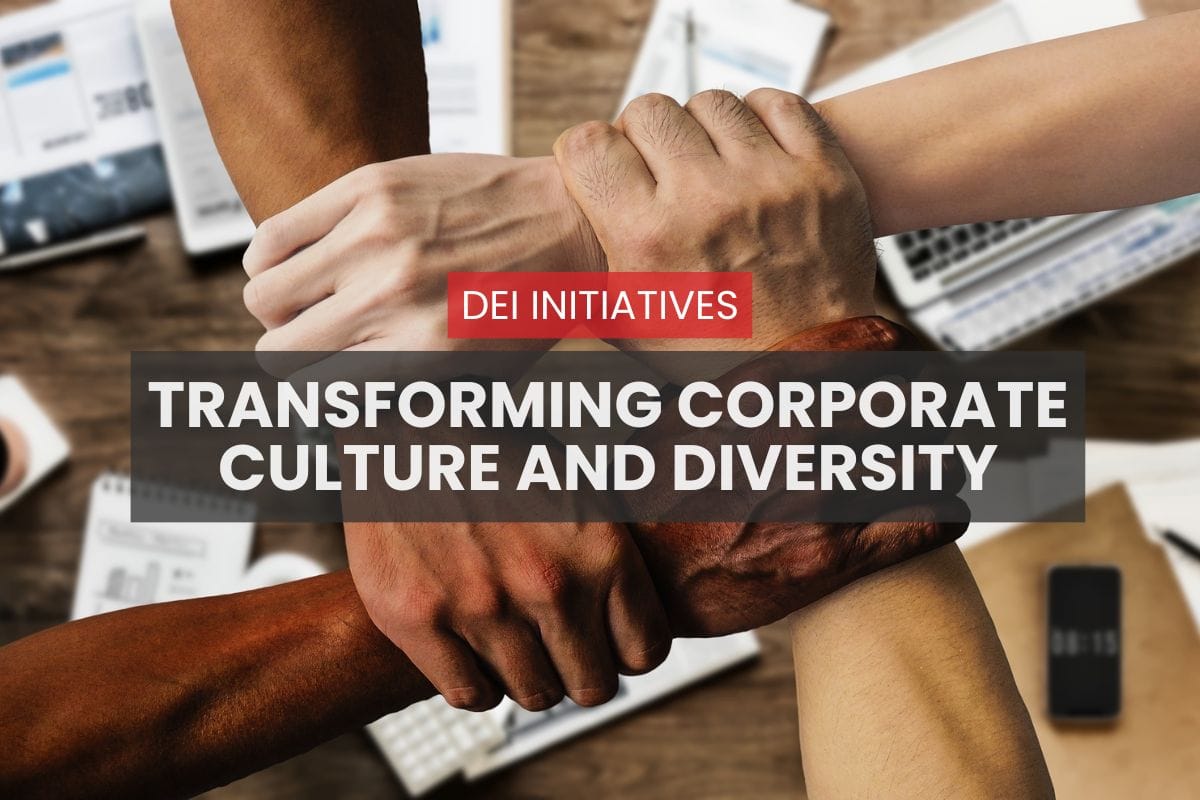In recent weeks, JPMorgan Chase has found itself at the center of a heated debate surrounding its return-to-office policy. The financial giant, which has been a vocal advocate for in-person work, has faced considerable pushback from employees who are expressing their concerns about the implications of such a mandate. In an effort to manage the situation, the bank has taken the step of disabling employee comments on its internal communication platforms, a move that has raised eyebrows and sparked further discussion about workplace transparency and employee engagement.
The decision to restrict comments comes after a series of internal discussions and feedback sessions where employees voiced their apprehensions about returning to the office full-time. Many employees have articulated their desire for more flexible work arrangements, citing the benefits they experienced during the pandemic when remote work became the norm. The shift to remote work allowed employees to find a better balance between their professional and personal lives, leading to increased productivity and job satisfaction for many.
JPMorgan Chase’s leadership has maintained that in-person work is essential for fostering collaboration, innovation, and a strong company culture. However, this stance has not resonated well with all employees, particularly those who have adapted to remote work and prefer the flexibility it offers. The bank’s decision to disable comments appears to be an attempt to quell dissent and manage the narrative surrounding its return-to-office strategy.
The backlash against the return-to-office policy is not unique to JPMorgan Chase. Many companies across various sectors are grappling with similar challenges as they navigate the post-pandemic landscape. Employees are increasingly vocal about their preferences for hybrid work models that allow for a combination of in-office and remote work. This shift in employee expectations has prompted organizations to reevaluate their workplace policies and consider more flexible arrangements.
Critics of JPMorgan Chase’s decision to disable comments argue that it undermines the principles of open communication and transparency that are vital in any workplace. Employees often feel more engaged and valued when they have a platform to express their thoughts and concerns. By restricting feedback, the bank risks alienating its workforce and creating an environment where employees feel their voices are not heard.
In addition to the internal backlash, the decision has also attracted attention from industry observers and labor advocates who are closely monitoring how large corporations handle the transition back to in-person work. The ongoing discourse around work-life balance, mental health, and employee well-being has become increasingly prominent, and companies that fail to address these issues may find themselves at a disadvantage in attracting and retaining talent.
As the situation unfolds, it remains to be seen how JPMorgan Chase will respond to employee concerns and whether it will reconsider its approach to the return-to-office policy. The bank’s leadership may need to engage in more open dialogue with employees to better understand their needs and preferences. This could involve conducting surveys, hosting town hall meetings, or creating forums for employees to share their thoughts in a constructive manner.
The broader implications of this situation extend beyond JPMorgan Chase. The decisions made by large corporations regarding workplace policies can set precedents for other organizations and influence industry standards. As companies strive to create environments that foster productivity and employee satisfaction, they must also be mindful of the evolving expectations of their workforce.
In conclusion, JPMorgan Chase’s decision to disable employee comments in the wake of backlash over its return-to-office policy highlights the complexities of navigating workplace dynamics in a post-pandemic world. As employees increasingly seek flexibility and a voice in their work environments, organizations must adapt to these changing expectations. The outcome of this situation may serve as a critical case study for other companies grappling with similar challenges in the future.


